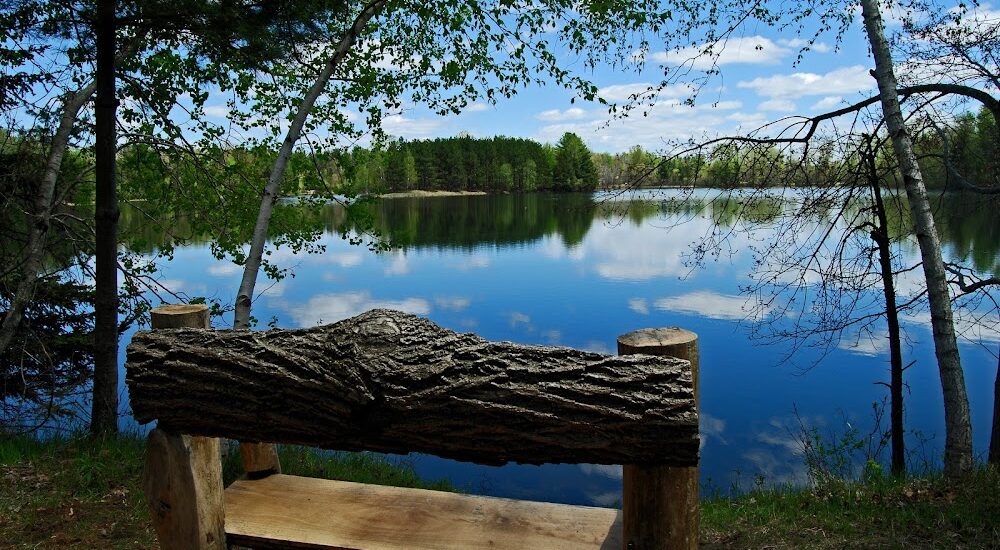Welcome to Schmeeckle Reserve, a natural gem steeped in rich history and ecological significance. Situated in Stevens Point, Wisconsin, this 280-acre public natural area is part of the University of Wisconsin-Stevens Point campus and offers an intriguing glimpse into the past.
The story of Schmeeckle Reserve begins with its geological foundation, which is part of the Wolf River Batholith. This massive granite bedrock lies just below the surface, shaping the reserve’s unique landscape. Before European settlement, the area was predominantly wetlands, with water pooled atop the bedrock, creating lush, marshy habitats. In 1836, the land was included in one of the earliest surveys of the Wisconsin territory. Surveyor Joshua Hathaway documented the terrain, noting swamps, marshes, and a wealth of cranberries and tamarack trees.
The 1836 ‘Lumberman’s Treaty’ significantly impacted the area, allowing logging along the Wisconsin River. As Stevens Point evolved into a logging hub by the mid-19th century, much of the original forest within Schmeeckle was logged. However, some ancient oaks, like those in the Berard Oaks Savanna, were spared and remain as living witnesses to the past.
Schmeeckle Reserve was officially established as a public natural area in 1978, thanks to the foresight of the University of Wisconsin-Stevens Point. The reserve has since grown into a place of education, conservation, and community engagement. The Friends of Schmeeckle Reserve, founded in 2013, play a vital role in supporting its mission and enhancing its natural beauty through community involvement.
Today, visitors can explore the reserve through a network of trails, including the Green Circle Trail, which loops around the Stevens Point area. The Schmeeckle Visitor Center acts as a gateway, offering educational exhibits and access to the Wisconsin Conservation Hall of Fame, celebrating figures like John Muir, who have made significant contributions to conservation efforts.
Schmeeckle Reserve is not just a place of natural beauty; it is a testament to the ongoing relationship between humans and the environment. Its history, from its geological formation to its role in logging and conservation, offers a fascinating perspective on the ever-evolving interplay between nature and human activity.






